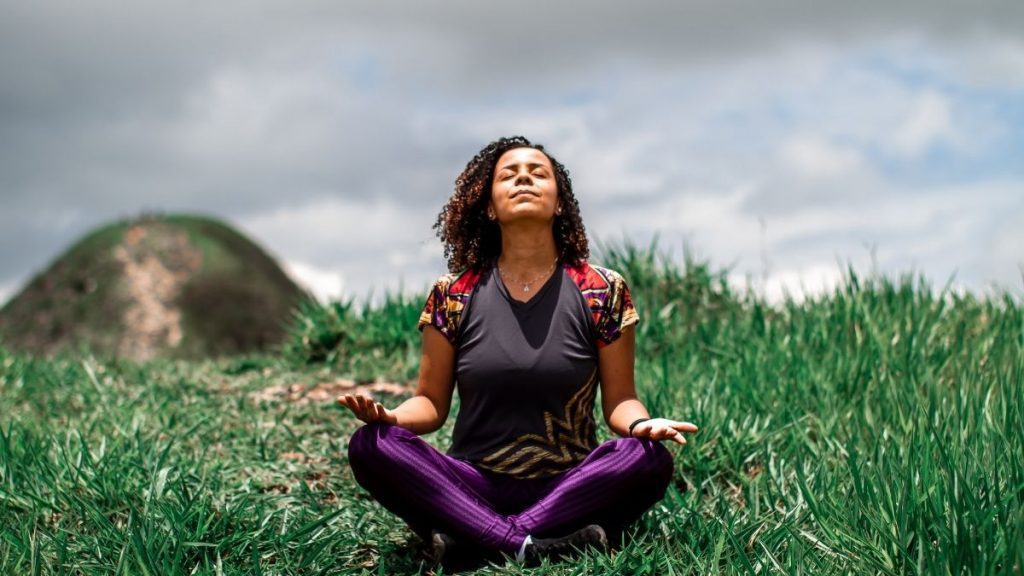
Welcome to our run down of the best types of rub down for various chronic pain conditions. Leave your stresses at the door, pop on a fluffy robe, get comfy on our massage table and enjoy some gentle new age music as we explore the best type of massage for sciatica, back pain, headaches, shoulder pain and other chronic pain issues.
What Are the Different Types of Massage?
If you’re a regular spa-goer, you’ll probably know your shiatsu from your aromatherapy, and your Swedish from your sports massage. If you’re not into pampering, however, the different types of massage available can be a bit bewildering.
What, exactly, does a deep tissue massage involve? Are hot stones as painful as they sound? Beyond what’s involved, the potential benefits of each different massage type aren’t always obvious. To get you up to speed with winding down, here’s a quick briefing on the most commonly available massage techniques.
Before we get started, remember that although some research suggests that very regular therapeutic massages can reduce pain intensity in conditions such as chronic neck pain, massage is not necessarily restorative or curative (especially in small doses). In most cases, treatments of this nature are simply relaxing and enjoyable. Many people report benefits such as pain reduction, reduced stress, reduced anxiety and improved sleep as a result of massage treatments; however, your exploration of massage as a tool to manage chronic pain should be a completely personal one.
Swedish massage
This form of massage is probably what you have in mind when you imagine a “classic massage”. Your therapist will apply pressure using kneading motions, circular strokes and long strokes along your body. They may also gently move your body into different positions to work on different muscle groups. The technique aims to ease muscle tension and relax clients.
Deep tissue massage
Deep pressure massages use techniques similar to those applied in Swedish massage except, you guessed it, with more pressure. During a deep tissue treatment your therapist will apply pressure much more intensely. The goal? To release more severe muscle tension and massage connective tissues. As such, this approach is not recommended if you are new to massage, but is often used by those with ongoing muscle issues, such as sports players.
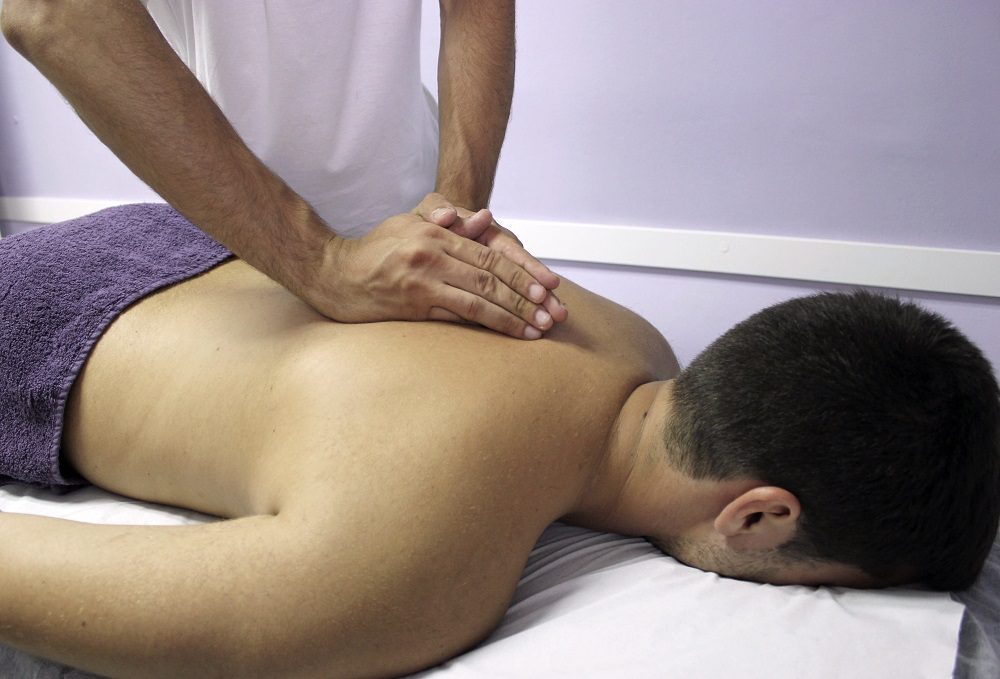
Hot stone massage
This relaxing massage therapy involves the placement of warm stones on your body. Your masseuse may also use the stones to actively massage different areas of your body, or may simply place them to soothe different body parts. They may also use their hands with a medium pressure, using similar techniques to a Swedish massage. The warmth of the stones is believed to help muscles to relax, while also improving blood flow. Above all, this massage technique is deeply relaxing for many clients.
Shiatsu massage
This is a Japanese massage therapy which applies pressure using rhythmic pulsing motions, as well as some longer, smoother strokes. Shiatsu aims to release muscle tension, as well as emotional tension such as anxiety and stress. It can be completed while the recipient is fully clothed (although light clothing is preferable).
Thai massage
In Thai yoga massage, your masseuse will move your body into a range of postures (similar to simple yoga positions) to help release tension and ease muscular pain. Although the therapist will maneuver your body for you, it is a more active form of massage which may not be ideal for some individuals with chronic pain. The treatment also involves applying pressure with long smooth strokes and sometimes the masseuse’s bodyweight.
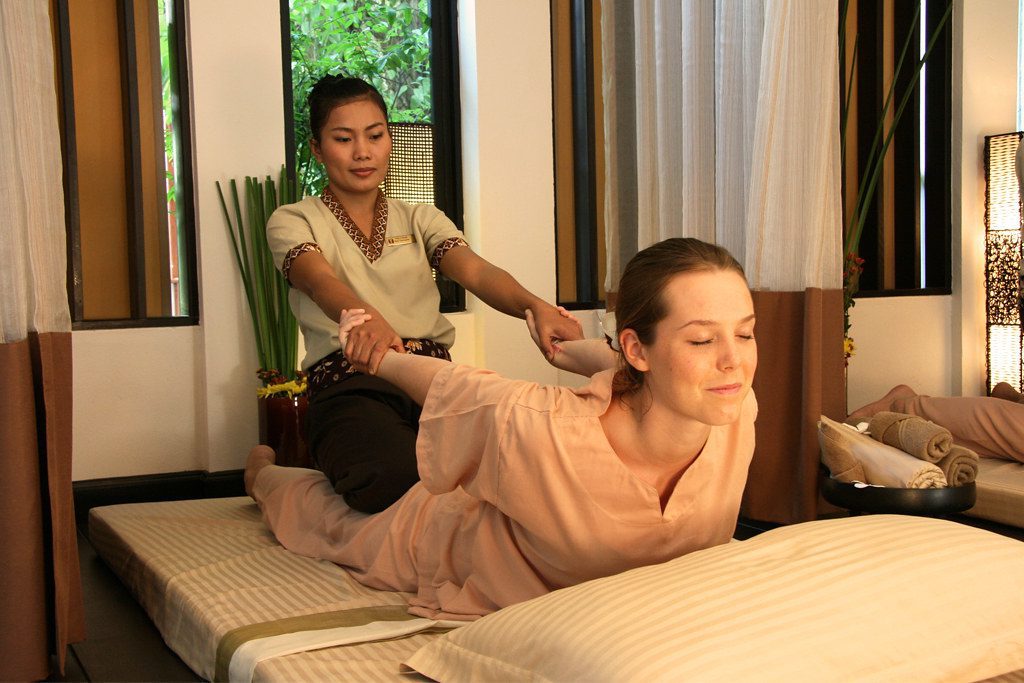
‘Classical Thai Massage’ by Tara Angkor Hotel on Flickr (CC BY 2.0)
Trigger point massage
This is a targeted form of massage, designed to tackle specific “trigger points” in the body which may impact pain and tension. The technique aims to release the tension held in these “trigger points” using smooth strokes combined with deeper pressure.
The Best Type of Massage for Back Pain
Some individuals with back pain find that massage directly helps to ease their pain. Others believe that the relaxing effects of massage make chronic back pain more manageable. Although further study is required to conclusively prove the benefits of massage treatment for back pain, some case studies and papers suggest that it could reduce the intensity of chronic lower back pain and deliver many benefits to those with a range of chronic pain conditions.
Although exploring massage treatments for back pain is a personal journey, there are some techniques which may be more suitable for different conditions. If you live with chronic pain, don’t forget to consult your doctor and speak openly with your massage therapist before you begin a new treatment.
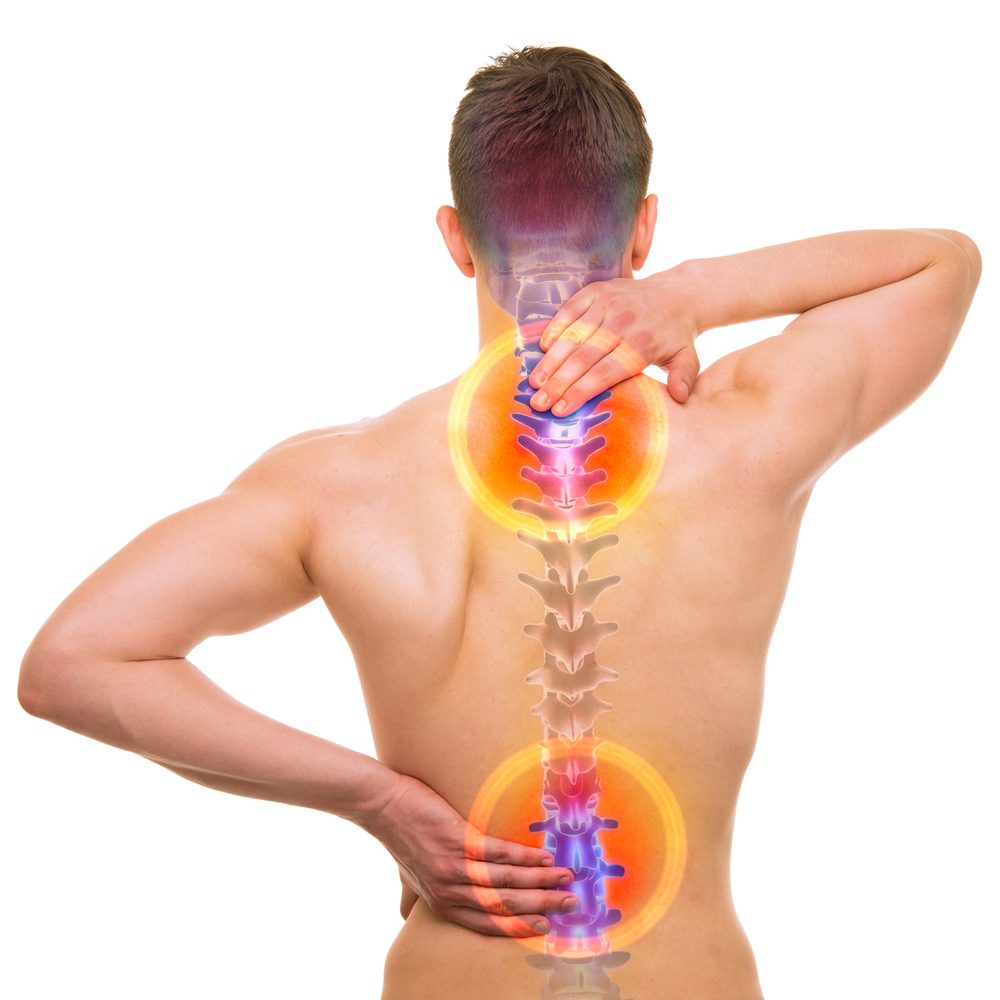
For Upper Back Pain
Our working lives often lie at the root of upper back pain, particularly if we slump in front of a desk all day. Postures such as this put undue pressure and strain on certain muscle groups in the upper back, neck and shoulders, which can increase muscle tension. This is why many massage therapists recommend trigger point massage for upper back pain.
The approach targets key areas of tension in your muscles, aiming to relieve areas of tightness. For the same reason, deep tissue massage may also be particularly suitable for tension in this area of the body.
For Lower Back Pain
Lower back pain can arise due to many varied factors, which is why it is important to seek medical advice if you suffer from chronic back pain to receive a diagnosis and to confirm that it is safe to explore complementary therapies. If you are ready to explore massage, some studies point to shiatsu as particularly beneficial for individuals with lower back issues.
For Sciatica
Sciatic pain can run the length of your sciatic nerve, from your lower back down to your legs. A 2014 study suggests that deep tissue massage may be more effective that non-steroidal painkillers in alleviating lower back pain, a common symptom of sciatica.
Best Type of Massage for Shoulder Pain
Although many forms of massage may be of benefit to individuals with chronic shoulder pain, Swedish massage may be a good technique to begin your “massage journey”.
This relaxing technique can involve gentle soothing pressure or deeper pressure, according to your preference. Its “whole body” approach can also promote full body relaxation. This may reduce anxiety and stress, which can in turn help to relax your overall posture, reducing excess tension in your shoulders.
Best Type of Massage for Headaches
Research suggests that 30 minutes of massage could help improve headache pain. Some massage therapists even believe that different styles of massage can help ease the pain of different headache types. For example, it has been suggested that deep tension massage of the head may be particularly good for tension headaches.
If you’re looking for a massage treatment which focuses entirely on the head and neck area, Indian head massage is well-worth exploring. This centuries-old traditional style focuses on applying pressure to specific points on the head, often using circular motions.
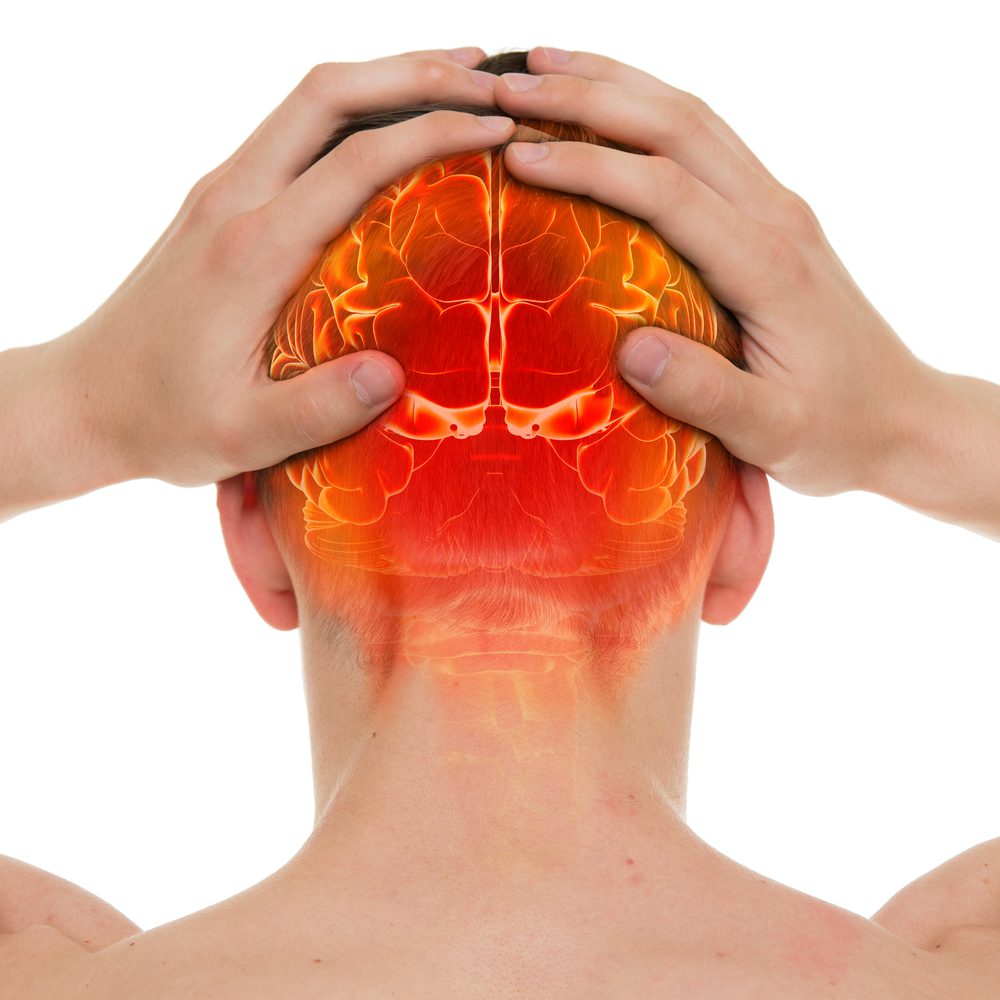
Best Type of Massage for Sport Injuries
If you’re carrying a sports injury and want to explore the possible benefits of massage, a dedicated sports masseuse may be a good first port of call. Sports massage focuses on tackling trauma in the body caused by injuries, paying close attention to your tissues, fascia, ligaments, tendons and muscles.
Over to You!
Massage isn’t for everybody. For some people with chronic pain it brings huge benefits, for others it’s simply a relaxing hour of whale song and lavender oil.
That’s why we’d love to hear about your experiences of massage and chronic pain. Has massage improved your pain? Has it helped you to relax? Or has it made little difference? We’d also love to know which massage techniques you’ve tried. Which were helpful? How do they fit into your pain relief regimen?
If you’d like to join the conversation with other readers who live with chronic pain, share your pain story today.

